The Abruzzo brodetto
Brodetto is not a simple dish but an example of how the history, identity and peculiarities of the territory can be summed up and told through traditional local cuisine.
A typical dish of the maritime tradition, brodetto has its roots in the habits of fishermen who, at the end of the working day, needed to use what is commonly defined as 'poor fish', less appealing to the market due to its type and size.
It was precisely from the need to make the most of this type of fish that brodetto, one of the symbolic dishes of Adriatic seafood cuisine, was born. The variations of this dish are numerous and diversified along the entire Adriatic coastline, even within the same region.
From the encounter between land and sea and the customary 'exchange' that took place between farmers and fishermen, brodetto alla vastese was born, one of the region's most famous variants, certified with the Seal of Quality.
This version is characterised by its simple preparation that does not involve frying or the addition of broth or vinegar. No less than six varieties of fish are used, usually cooked whole and derived from the local 'small-scale fishing'. Red mullet, rays, cuttlefish, mantis shrimp, clams, testone, walnut, sole... just to name a few of the fish used, all caught in the area between Vasto and Ortona, are combined in a perfect marriage with some of the local vegetable products such as green peppers, extra-virgin olive oil, garlic and tomatoes. For this last ingredient, 'mezzo tempo', a tomato native to the Vasto area, is used.
The preparation is done by gently placing the different varieties of fish one at a time in the pan, which, over a moderate flame, are cooked together with the tomato and peppers.
In Abruzzo, we find various examples of brodetto. Just to mention a few examples, famous is the Giulianova brodetto, 'alla giuliese', or the Pescara brodetto, which differs from the Pescara brodetto due to certain details in its preparation and the absence of tomato and blue fish.

 IT
IT EN
EN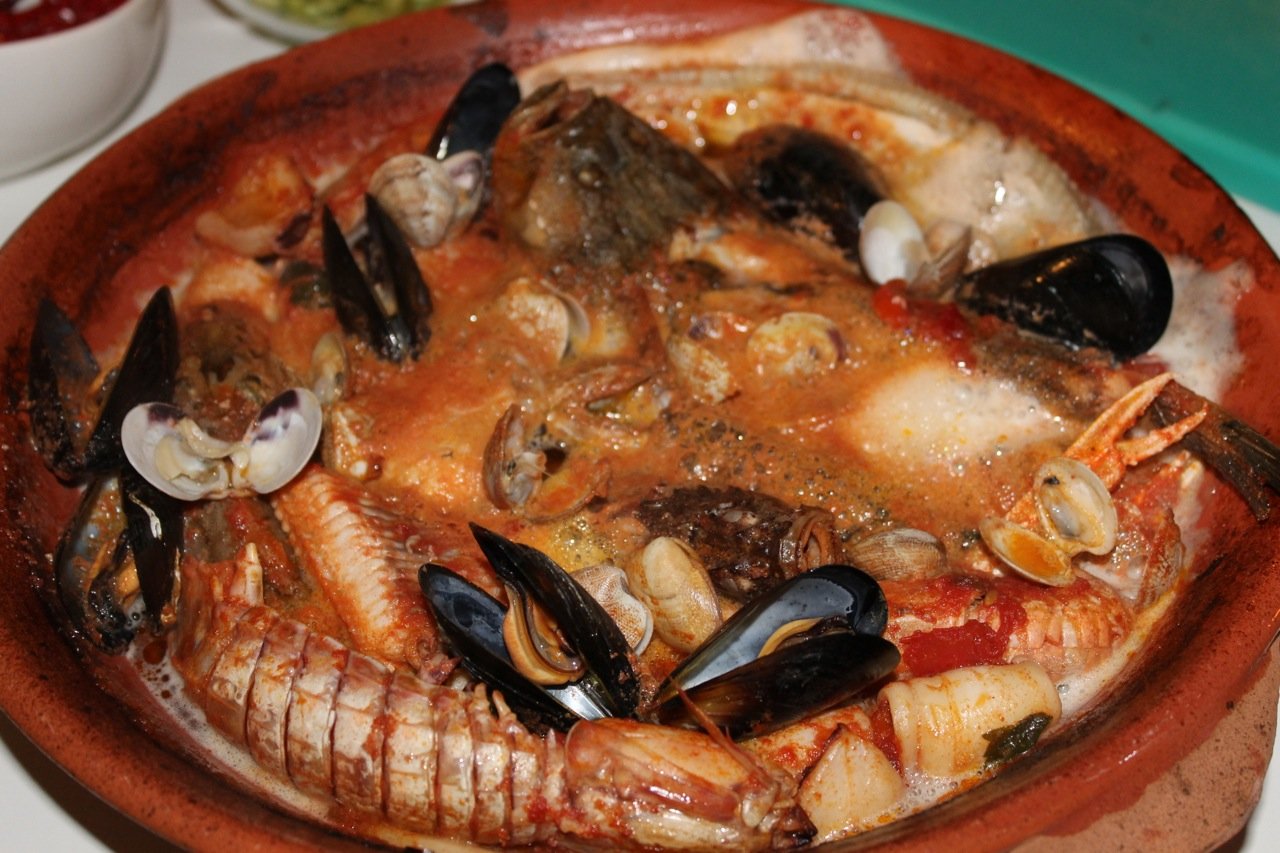
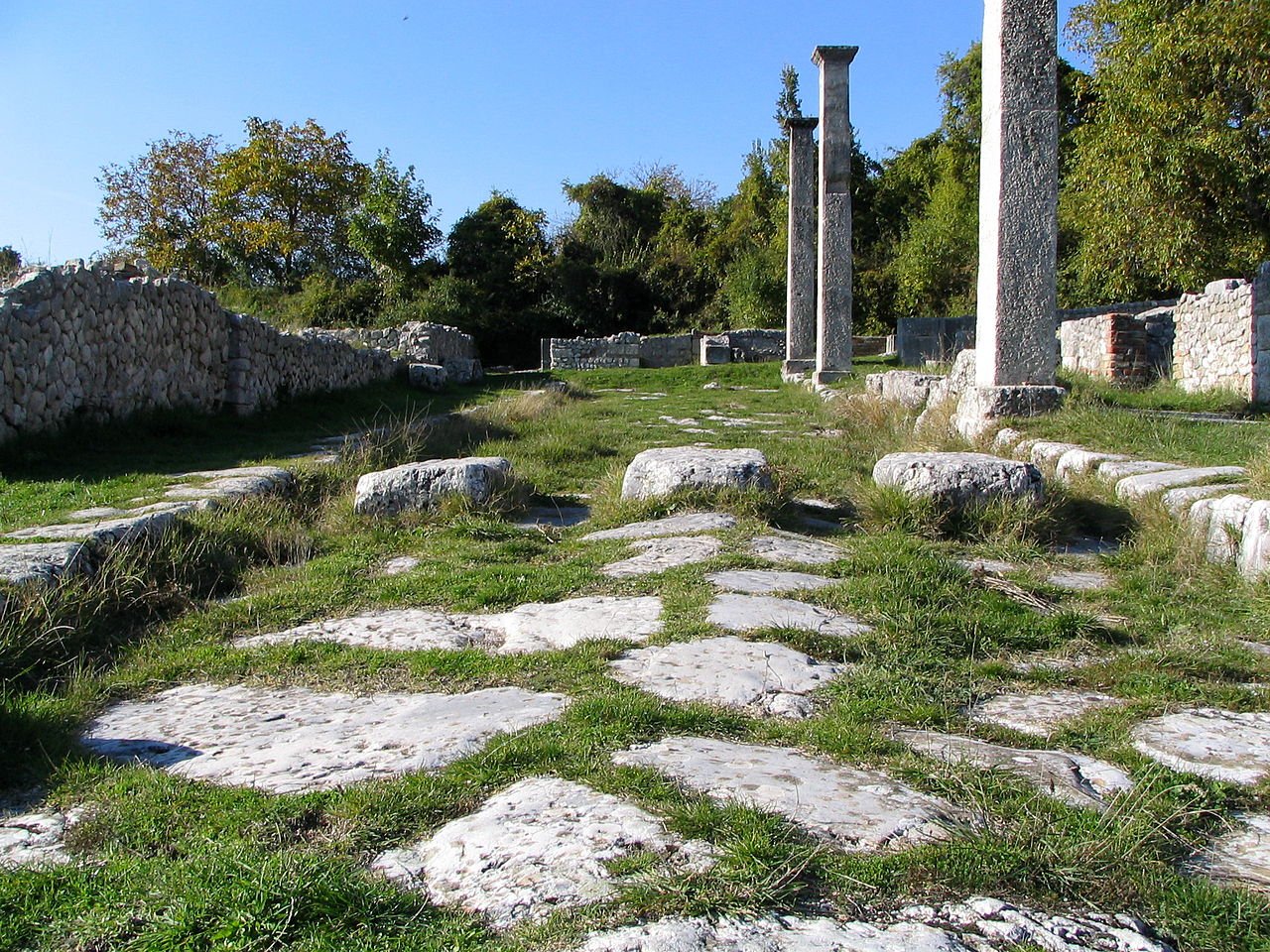
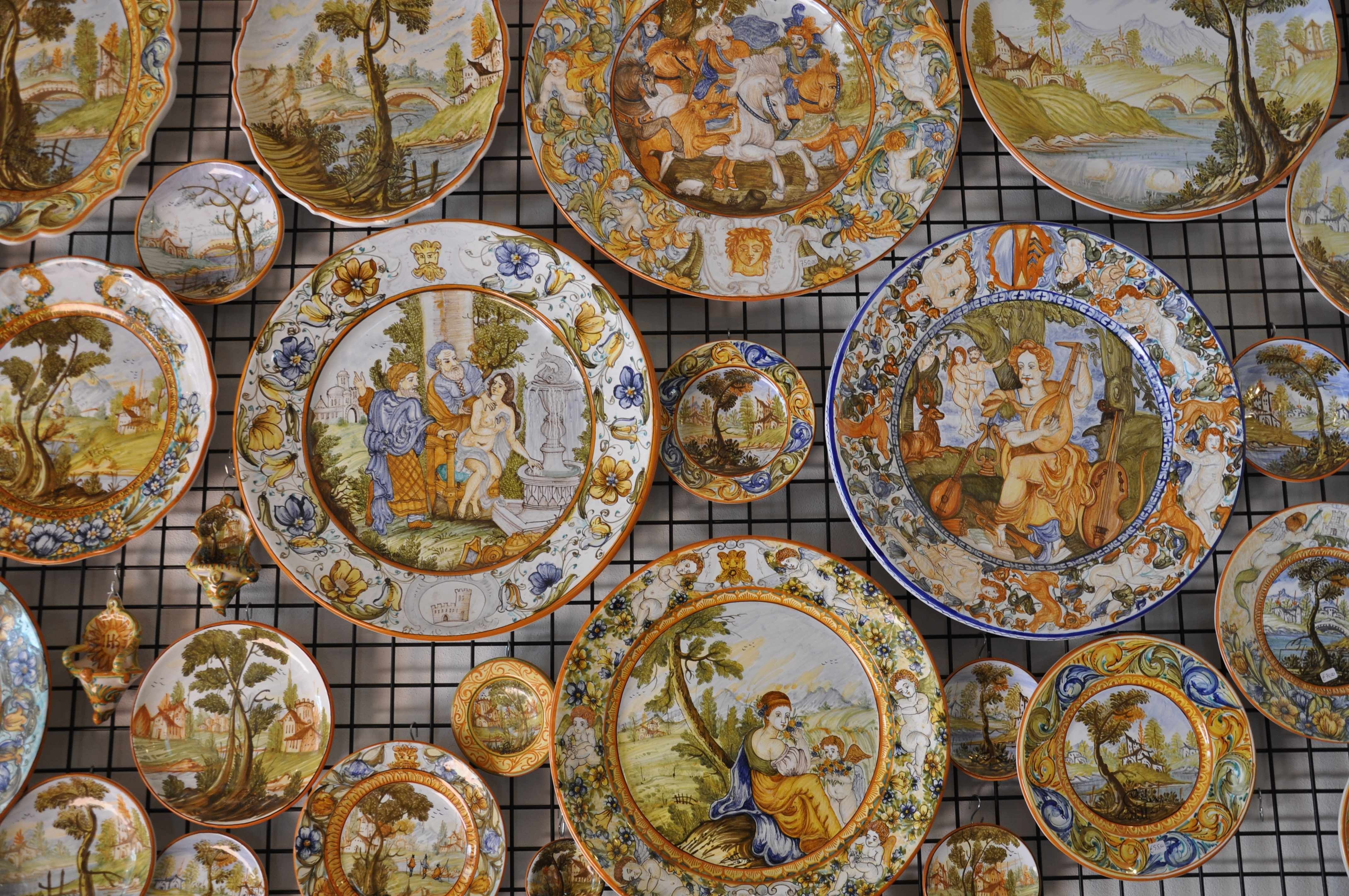

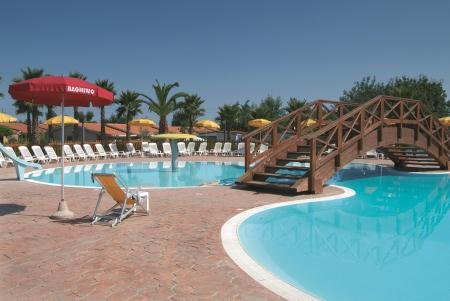
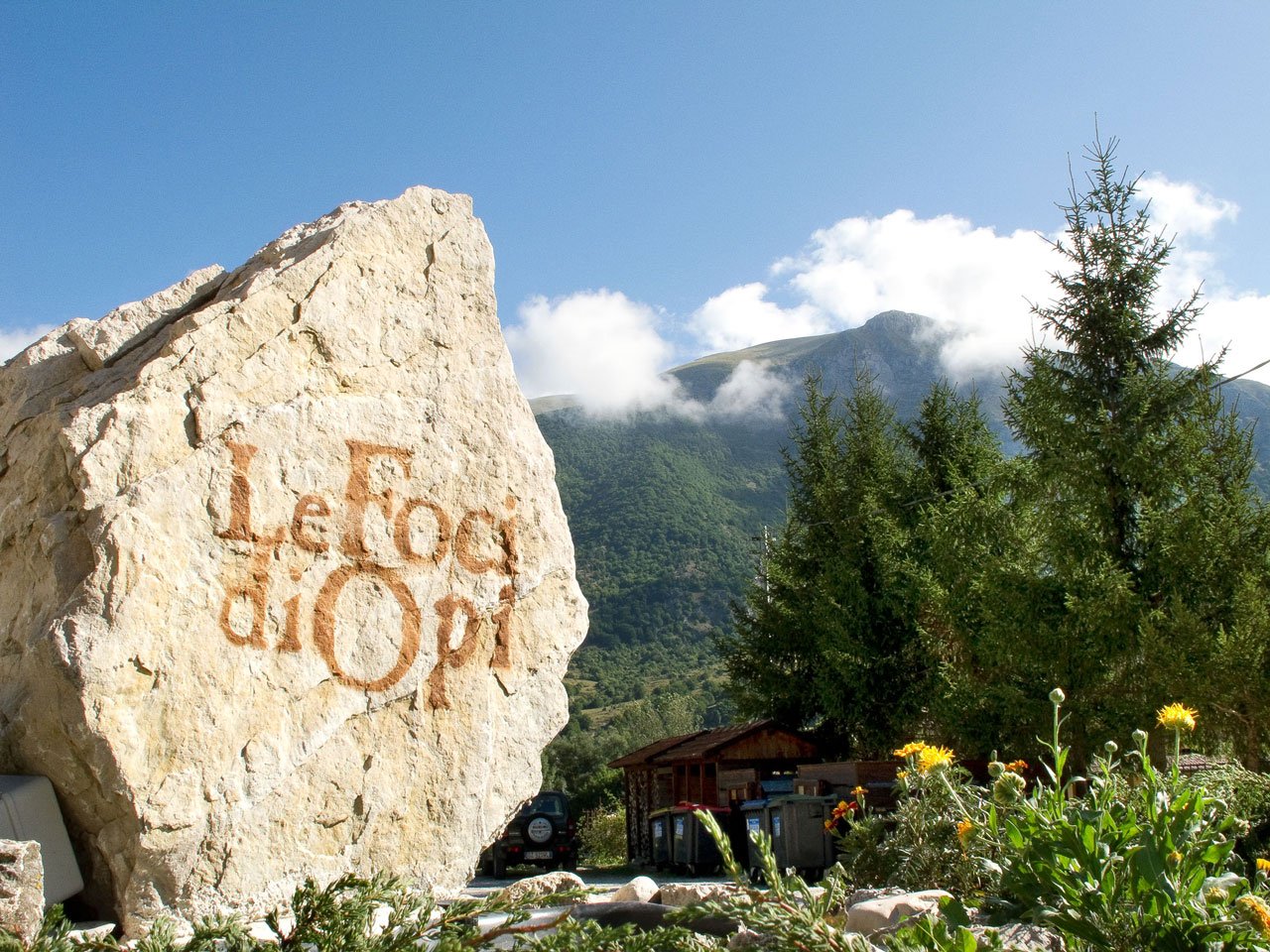
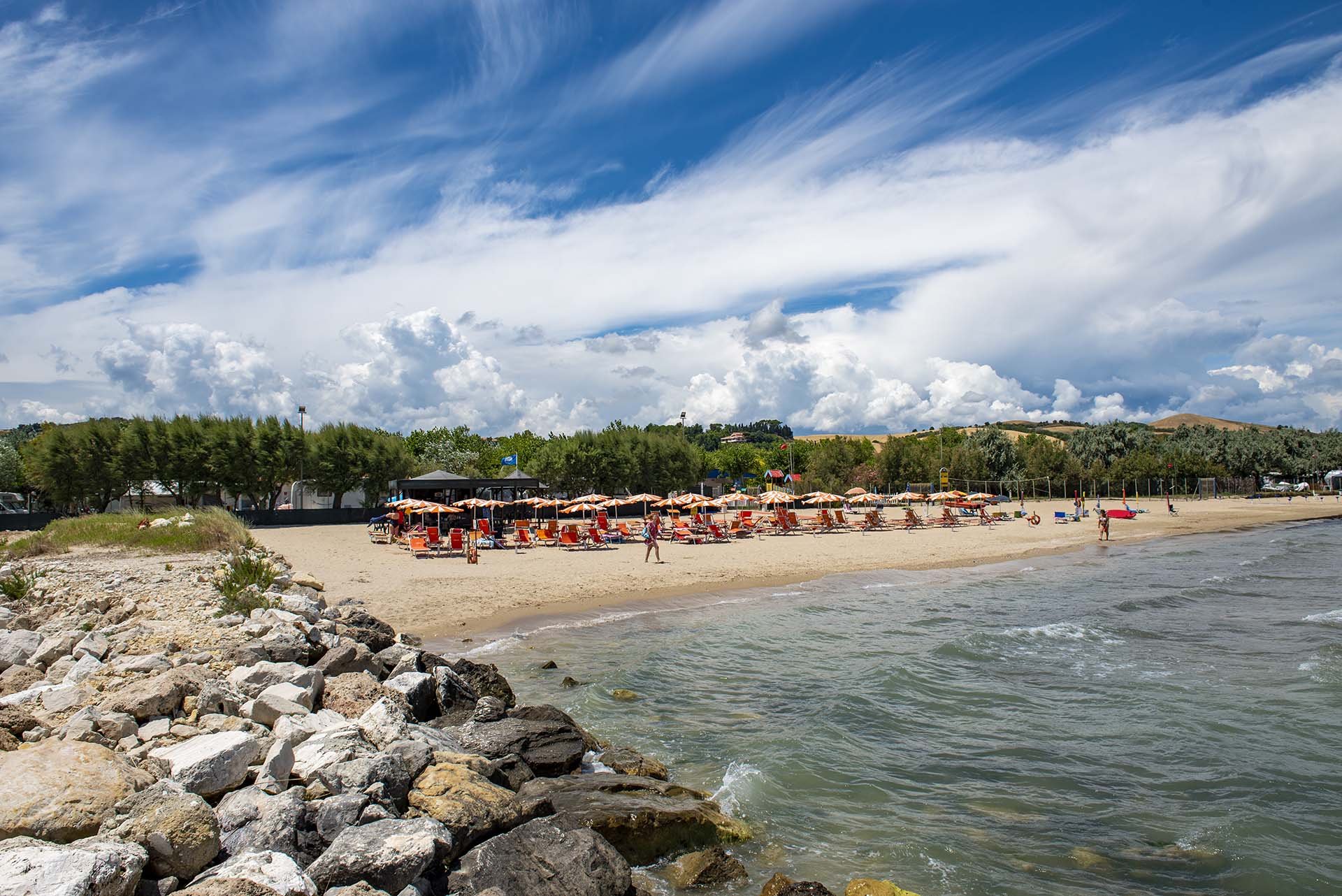
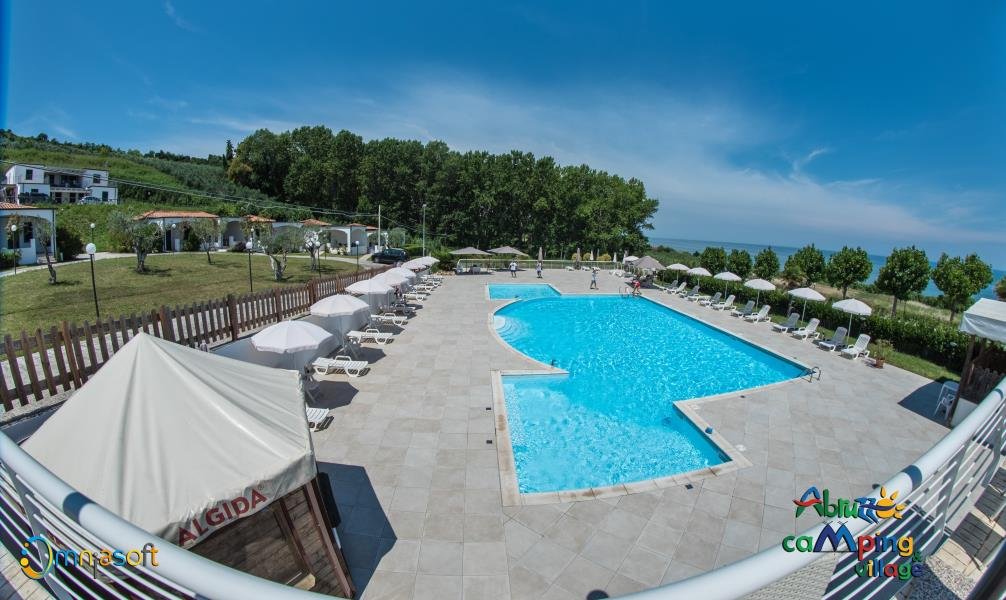

 DE
DE